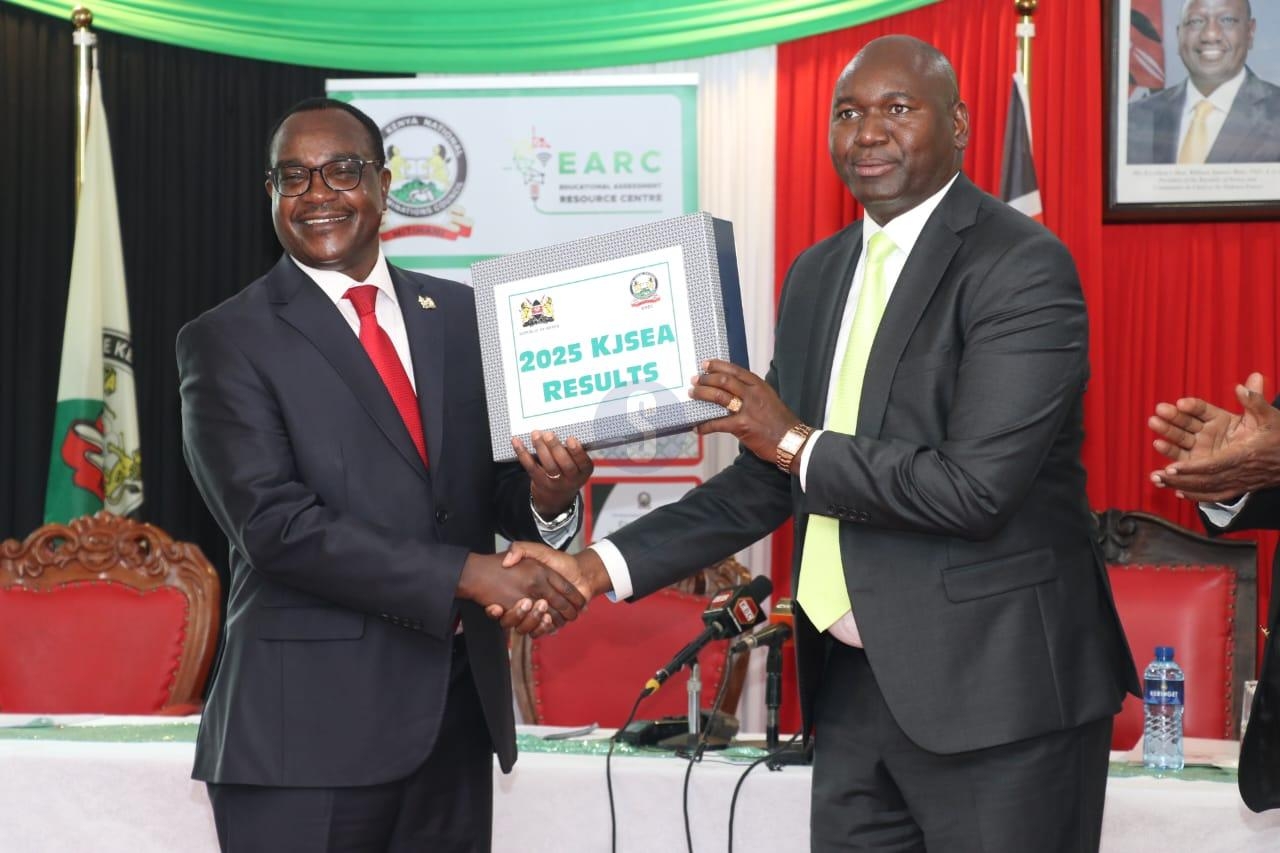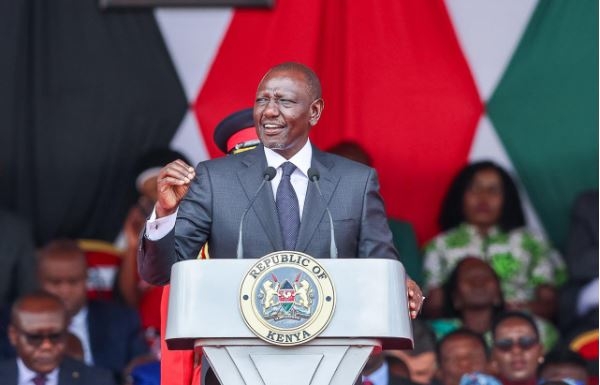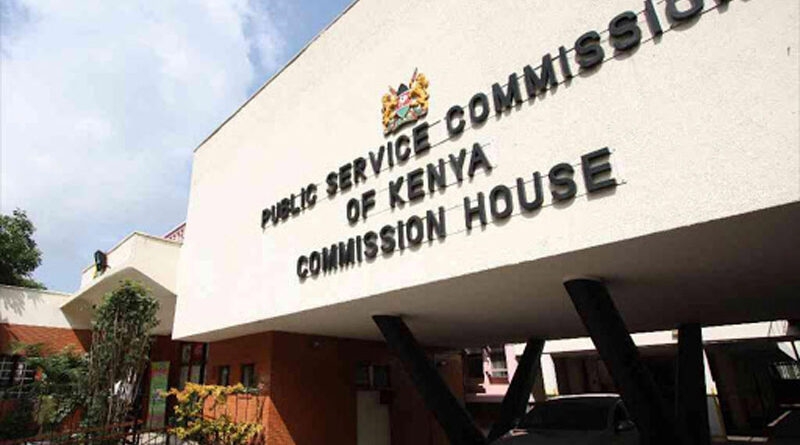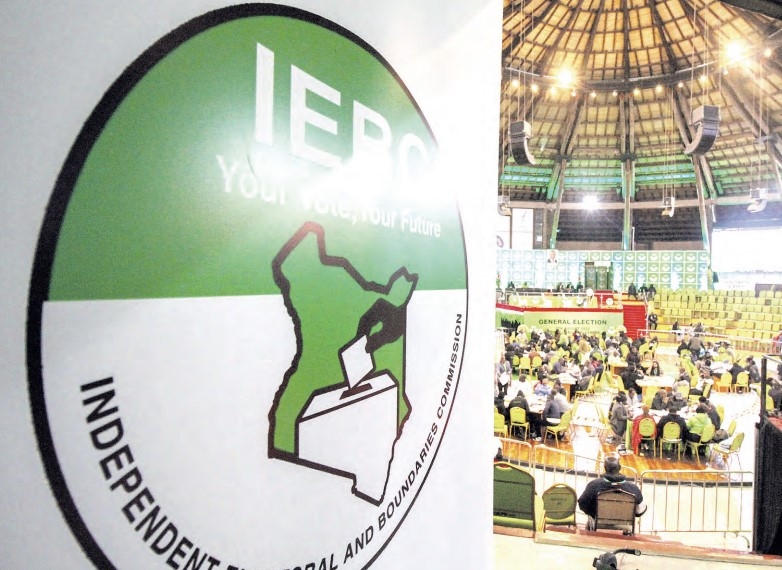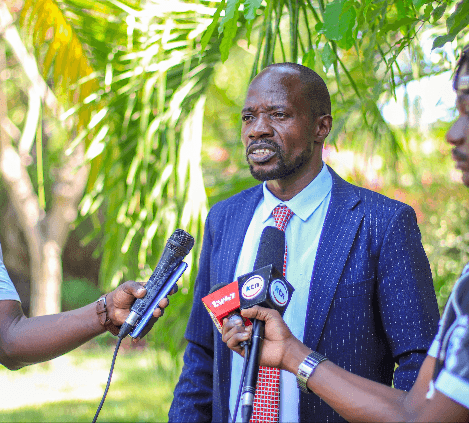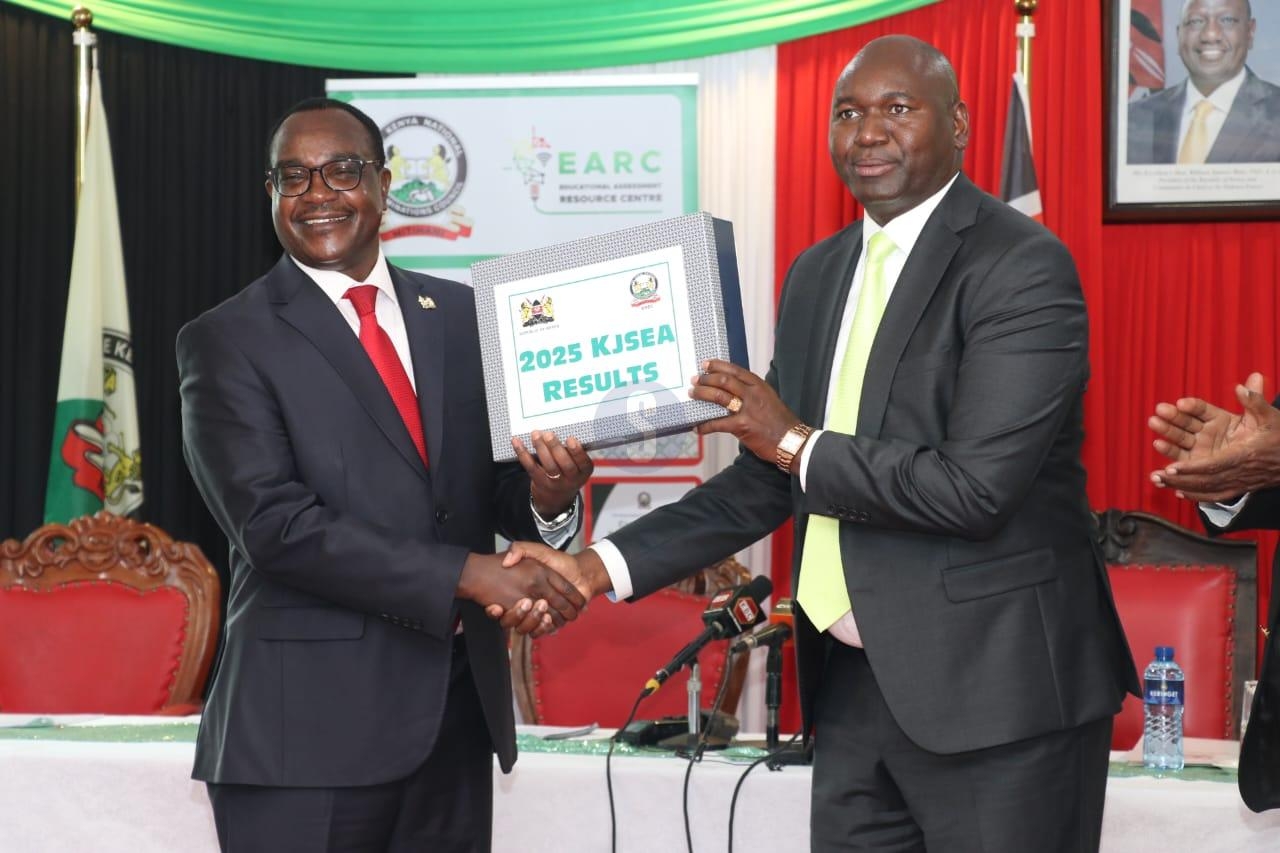
Two more people were killed in separate attacks by elephants
in Kwale and Isiolo Counties.
This increased the number of people killed in a
day in the country to three on Thursday alone, police and Kenya Wildlife Service
officials said.
Officials are investigating the incidents.
The first incident happened in Samburu, Kwale County, where
one Chale Ngati, a wildlife scou,t was killed near his residential house.
The incident happened at the Mackinnon Road KWS as the
victim was walking to his kitchen.
An elephant that had camped out there attacked and killed
him instantly.
The animal escaped the scene soon after the incident. The
body was moved to a local mortuary pending an autopsy and other procedures.
In Isiolo’s Nasuru Conservancy, a 16-year-old boy was
trampled by an elephant as he took care of their livestock.
The incident happened after the elephant attacked him near
the Ewaso Nyiro River, police and KWS officials said.
The body was moved to the mortuary pending an autopsy.
Police and KWS advised the families to file a compensation
claim.
Officials said these are the latest cases of human-wildlife
conflict in the country.
At least two such incidents are reported in a month in the
country, in a worrying trend and which shows the issue is worsening.
Locals have been threatening to attack the wild animals in
retaliation, which threatens the tourism industry at large.
It has forced officials to launch operations to among others
relocate some of the animals behind the incidents to other places for, their
safety and that of the locals.
The incidents have been worsened by shrinking resources, which forces both humans and the wild animals to venture into the available
spaces for survival.
Some locals near the animal parks have even been poisoning
them in retaliation.
In May 2025, Kenya introduced the third phase of its
Human–Wildlife Conflict Compensation Programme, an initiative aimed at
addressing these incidents and supporting affected families.
During its launch at Meru National Park, President William
Ruto unveiled the innovative Wildlife Conservation Card, a new tool designed to
help fund conservation efforts.
“Compensation is justice, but
prevention is progress,” Ruto said, emphasizing the need
for long-term solutions that benefit both people and wildlife.
“Through the Conservation Card,
fencing, and community‑led tourism, we are turning conflict into opportunity,” he added.
Developed in partnership with KCB Bank, the Wildlife
Conservation Card is available in three tiers: Platinum
(Elephant), Gold (Lion), and Silver (Cheetah).
A portion of every transaction made with the card (Sh10,
Sh5, and Sh3, respectively) goes directly to the Wildlife Conservation Trust
Fund.
The initiative aims to enable Kenyans and international
supporters to contribute to wildlife conservation while fostering economic
benefits for local communities.
With this new approach, Kenya hopes to build a future where
humans and wildlife can coexist more safely and sustainably.



